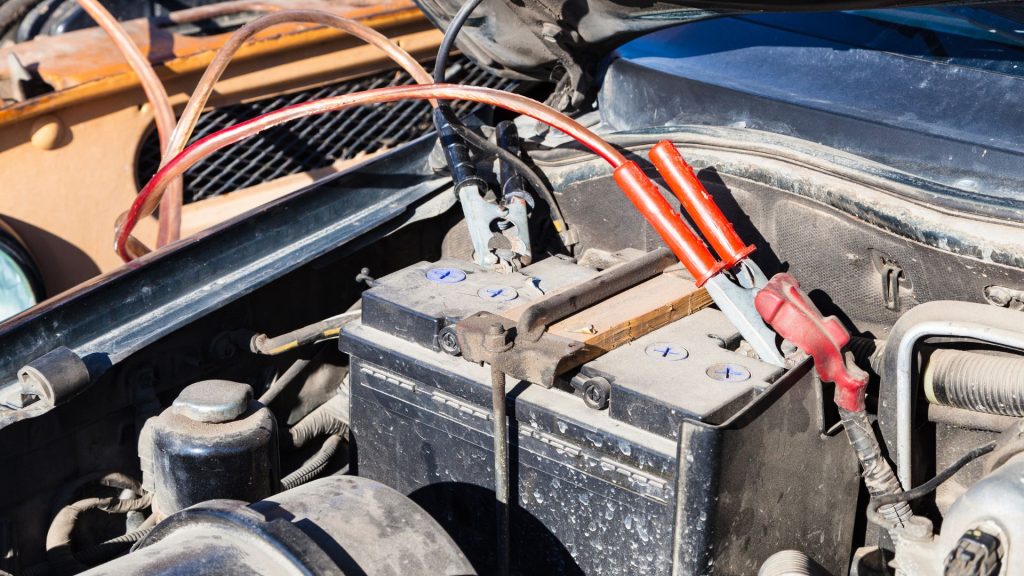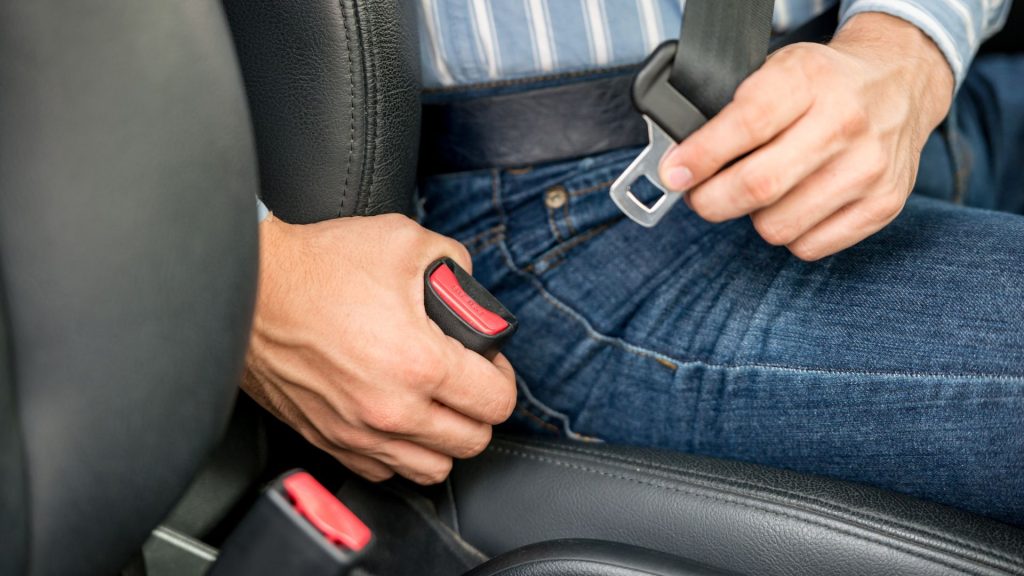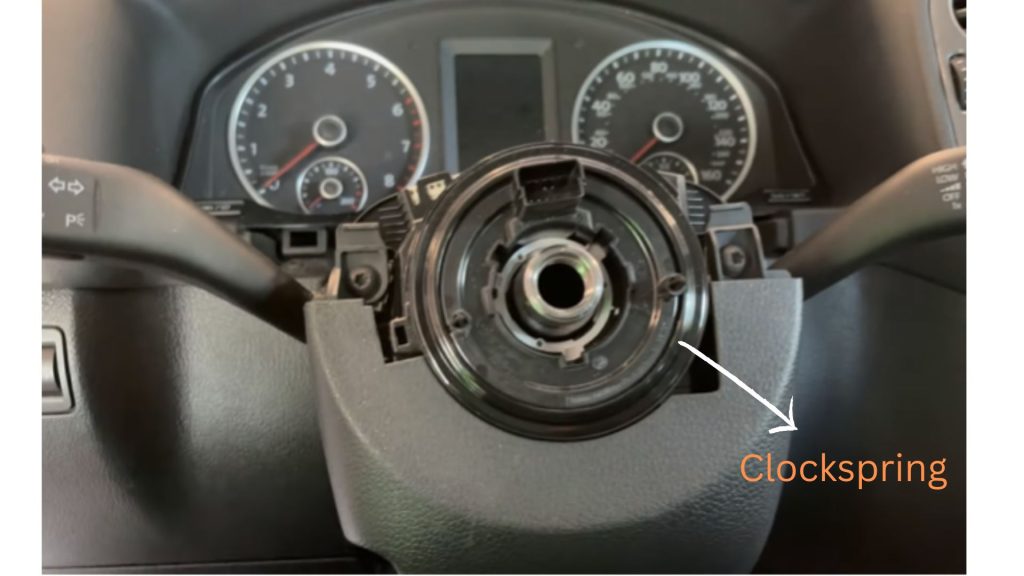Airbags will keep you safe. That is not an assumption. This study in the BMJ (Frederick P Rivara, Peter Summings, Barbara McKnight, David C Grossman) investigated the subject. It concluded that people in cars with airbags were less likely to die than those without airbags.
Therefore, a Hyundai Santa Fe whose airbag light won’t go off should concern you. It means things have gone wrong. You have two primary risks:
- No Airbags
The airbag may not deploy. If drivers with airbags are less likely to die, a car with defective airbag systems will increase your chances of dying.
- Premature Deployment
The airbag may deploy prematurely. That doesn’t sound like a bad thing. However, Palermo Law Group has noted that airbags deploy at a whopping 10 to 17 miles per hour. In other words, they can injure you.
The National Highway Traffic Safety Administration published a report that explored this issue. The report noted that airbags had become less aggressive over the years. Additionally, manufacturers were placing them farther away from the steering wheel’s plane to make them less destructive.
However, that doesn’t make them safe. An airbag that deploys unexpectedly while you’re driving will most likely cause an accident. At the very least, it will startle you, which is never a good thing.
Therefore, you should resolve the illuminated airbag light in your Hyundai Santa Fe as quickly as possible. The light may stay on for one or more of the following reasons:
1). The Light Is Normal
It is worth noting that an airbag light usually comes on when you turn the key in the ignition. It illuminates during the airbag system’s self-check. Once this process ends, the light turns off. You should only panic if the light persists.
Otherwise, a light that illuminates for a few seconds when you start the car shouldn’t concern you.
2). The Battery Is Defective, Or The Voltage Is Low

This problem is easy to identify because a scanning tool will reveal a fault code associated with under-voltage. If the voltage is too low (less than 9V) to run the airbag module, the airbag light will alert you by coming on and staying on.
This occasionally happens when you jump-start the vehicle. You can’t rule out a defective battery with corroded terminals.
3). One Or More Sensors Are Defective
The airbags only deploy when a crash occurs. But how does the airbag system detect a collision? It uses a network of sensors. The light will stay on if one or more sensors fail. But finding the faulty sensor won’t be easy because you have several potential culprits.
I recommend you check the front for the impact sensors. If you suspect the seatbelt sensor, check the seatbelt buckle. Search the seats for the occupant sensors. Dead sensors can’t signal the computer. As a result, the airbags may not deploy when you need them.
4). You Forgot To Buckle The Seat Belt

Speaking of seatbelt sensors, modern vehicles have mechanisms that can tell whether or not you buckled your seatbelt. The airbag lights will stay on if you haven’t buckled the seatbelt. After all, the seatbelts are part of your car’s defensive mechanisms.
They protect you when a crash occurs. It shouldn’t surprise you to learn that they coordinate with the airbag system. If you’ve buckled the belt, but the light is still on, you have defective seat belt buckles or belt buckle sensors.
Belt buckles have a microswitch that wears out from extended use. If it fails, the computer cannot tell that you’ve buckled the belt.
5). The Connections Are Loose Or Corroded
The car uses a network of wires and connections to run the airbag system. Those same wires and connections allow the airbag to communicate with the computer. Therefore, loose or corroded connections will interfere with the airbag’s power supply and communication avenues, producing the persistent airbag light you see on the dashboard.
6). The Clockspring Is Faulty

If the airbag module has recorded a high resistance code, the clockspring has malfunctioned. The clockspring maintains a connection between the steering wheel, airbag, and horn even when you turn the steering wheel.
A damaged clockspring illuminates the airbag light because it interferes with that connection, which, in turn, disrupts the airbag’s work. If the horn and steering buttons have stopped working, you have even more reasons to blame the clockspring.
If you’ve ruled out the clockspring, inspect the airbag control module. This computer monitors and manages the airbag system’s functions. A defective control module can prevent the airbags from deploying. The airbag system will warn you about this issue by illuminating the airbag light.
Troubleshooting A Hyundai Santa Fe Airbag Light That Stays On
Some people use multimeters to identify an airbag system’s malfunctions, but that is a mistake. The multimeter may trigger the airbag system, deploying the airbag and harming you in the process.
You need a system scanner. Hyundai dealerships can either sell you a scanner, or they can use their scanner on your vehicle. However, you can also buy full system scanners that work on various vehicle models. A system scanner will identify and clear error codes:
- You need to access the SRS control unit. Find the OBD-II port and connect the scanner.
- Turn the key in the ignition (Position 2) to turn the dashboard lights on without starting the vehicle. Make sure the airbag light is still on.
- If you have a general system scanner, select the car type, model, and airbag/SRS in the menu.
- Select the ‘Read Codes’ option to compel the scanner to retrieve the error codes from the airbag control module.
- The on-screen prompts will show you how to clear the codes.
The final step won’t work for some error codes until you fix the problems that caused them. Depending on what you find, you can apply the following solutions:
- If you have faulty sensors, talk to a mechanic. You need a scanning tool to locate the defective sensor. But replacement is not the only option. Sometimes, tightening loose wires is enough to fix the sensors.
- Finding loose or corroded connections requires patience, which is why some people leave this task to a mechanic. They can take as much time as they need to inspect the wiring harness, remove corrosion, tighten loose connections, and replace damaged wires.
- Replace old or defective batteries. A mechanic may trace the problem to a bad alternator.
- Buckle your seatbelt. If the microswitch in the buckle wears out, get a new buckle.
- Replace a faulty seat belt pre-tensioner. The pre-tensioner tightens the seatbelt during a collision. The light will illuminate when it fails. A mechanic will find and resolve any wiring issues or faulty sensors associated with the pre-tensioner.
- Replace a defective clockspring. This is another job that requires professional assistance. Clocksprings are complicated. Replacing them is no easy task.
- The mechanic can also inspect the airbag control module with a diagnostic tool. If you’re lucky, the mechanic will identify a wiring issue as the module’s primary problem.

